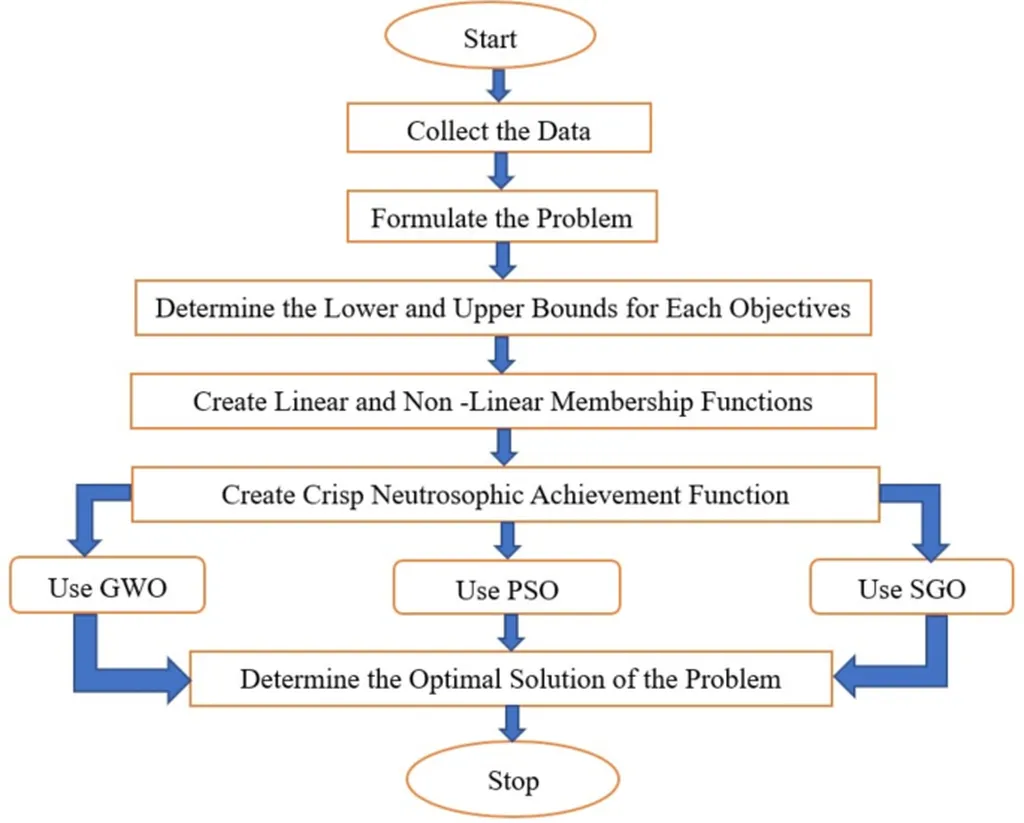In the ever-evolving landscape of agro-food systems, decision-making is fraught with uncertainties, ambiguities, and complexities. A groundbreaking study led by R. K. Saini, published in the journal *Neutrosophic Sets and Systems* (which translates to *Neutrosophic Sets and Systems* in English), offers a novel approach to tackle these challenges head-on. The research introduces the Type-2 Interval-Valued Linguistic Complex Neutrosophic Set, a sophisticated model designed to enhance the precision and flexibility of decision-making in agriculture and food systems.
At the heart of this innovation lies the integration of linguistic variables into the neutrosophic framework. Traditional numerical representations often fall short in capturing the nuanced, subjective language preferences of decision-makers. By incorporating interval-valued linguistic terms, the model can better translate qualitative assessments—such as “high yield stability” or “moderate risk”—into structured, quantitative data. This is particularly relevant in regions like Bundelkhand, where seasonal droughts and other environmental factors add layers of complexity to agricultural decision-making.
“Our model leverages interval complex membership functions to represent spatiotemporal variations, such as seasonal droughts, and type-2 fuzzy logic to capture hierarchical uncertainties in linguistic evaluations,” explains R. K. Saini. This multi-faceted approach provides a comprehensive solution to the inherent ambiguity and complexity of real-world agriculture and food system decision-making.
The implications of this research are far-reaching. By enhancing the flexibility and precision of agro-food choice analysis, the model can significantly improve decision-making processes in the energy sector as well. For instance, understanding the impact of drought resilience on crop yields can inform energy policies related to biofuel production, ensuring a more sustainable and efficient use of resources.
Moreover, the integration of type-2 fuzzy logic allows for a more nuanced understanding of hierarchical uncertainties. This can be particularly beneficial in scenarios where decisions need to be made under incomplete or imprecise information, a common challenge in both agriculture and energy sectors.
The study’s relevance extends beyond theoretical advancements. It offers practical applications that can shape future developments in the field. By providing a more accurate and flexible framework for decision-making, the model can help stakeholders in the agro-food and energy sectors make informed choices that are both economically viable and environmentally sustainable.
As the world grapples with the impacts of climate change and resource scarcity, the need for robust decision-making tools has never been greater. The Type-2 Interval-Valued Linguistic Complex Neutrosophic Set model represents a significant step forward in this regard, offering a versatile and adaptable solution to the complexities of modern agriculture and food systems. With its potential to enhance decision-making in related sectors like energy, this research is poised to make a lasting impact on the way we approach resource management and sustainability.
In the words of R. K. Saini, “This model is not just about improving decision-making; it’s about empowering stakeholders with the tools they need to navigate an increasingly uncertain world.” As we look to the future, the insights gained from this research will undoubtedly play a crucial role in shaping a more resilient and sustainable agro-food and energy landscape.

